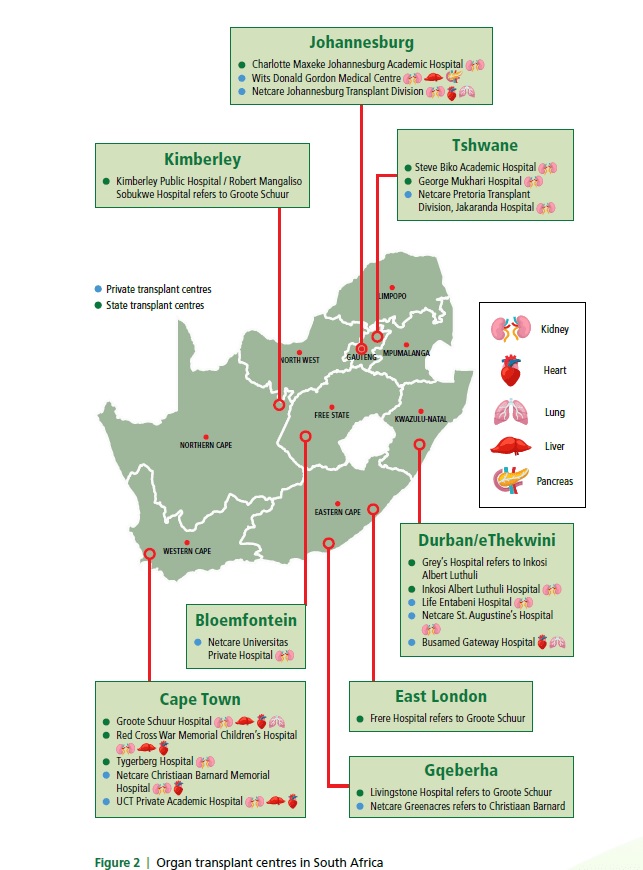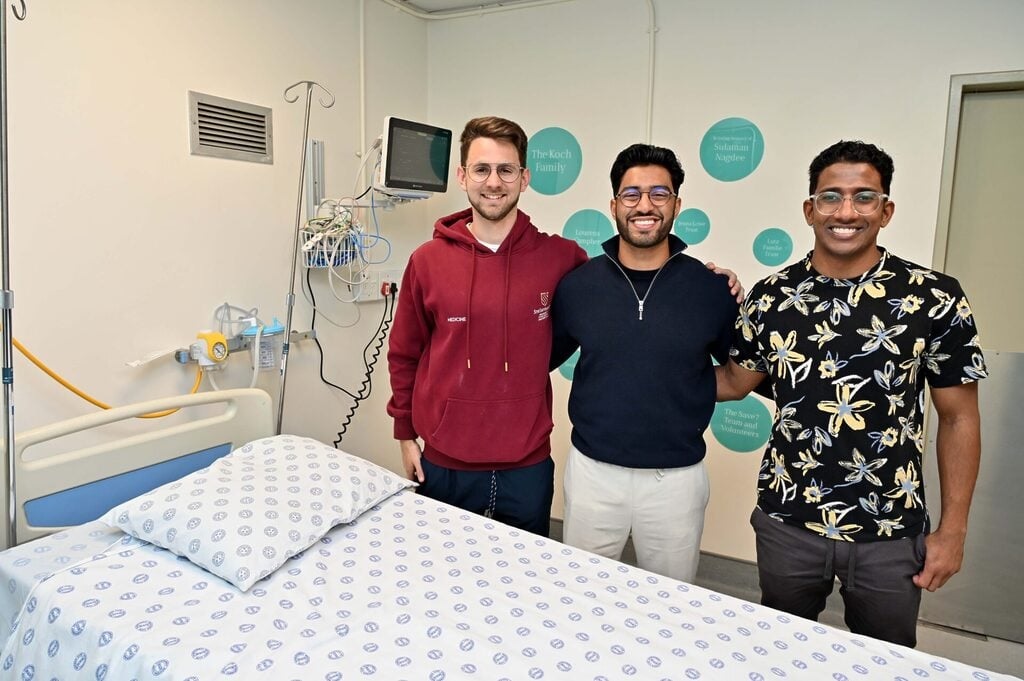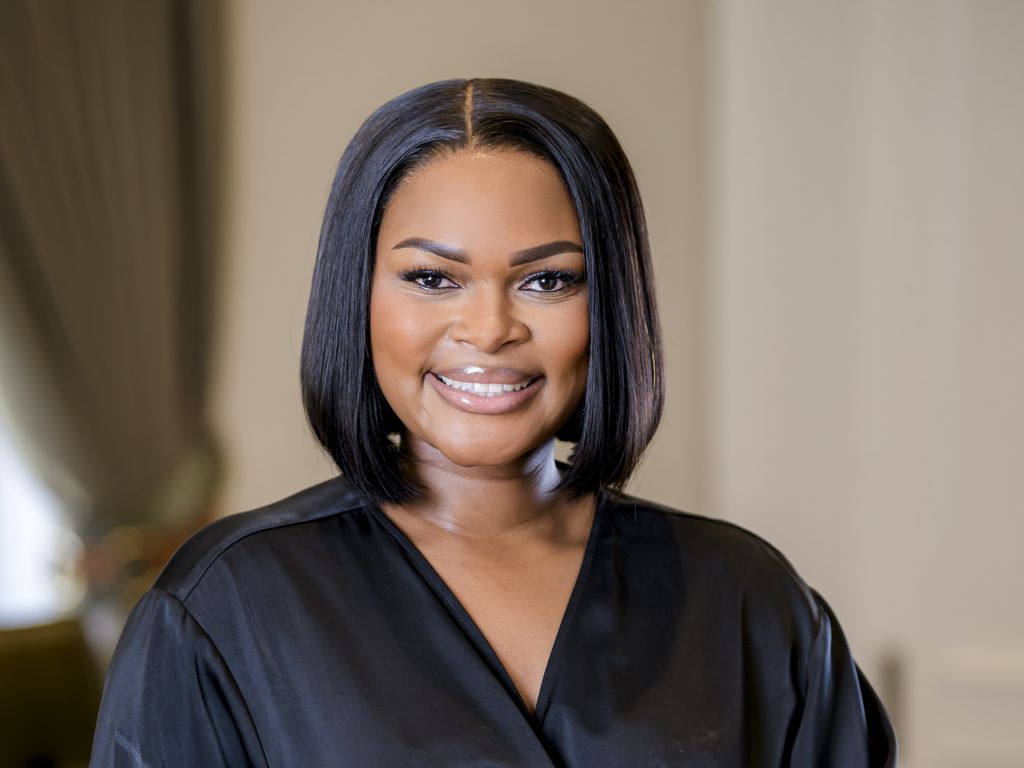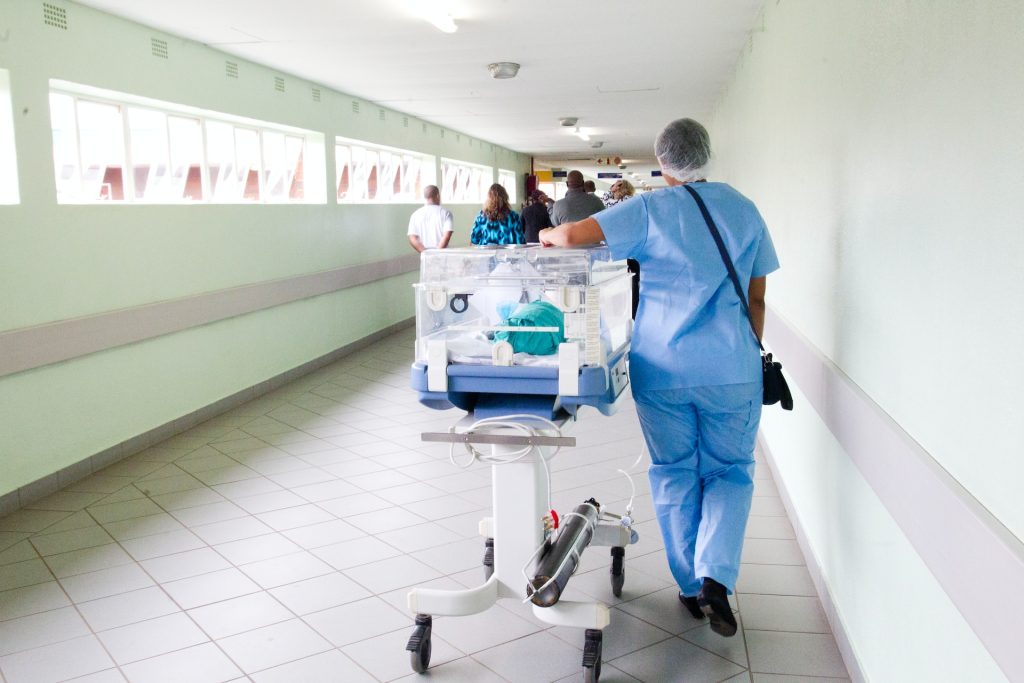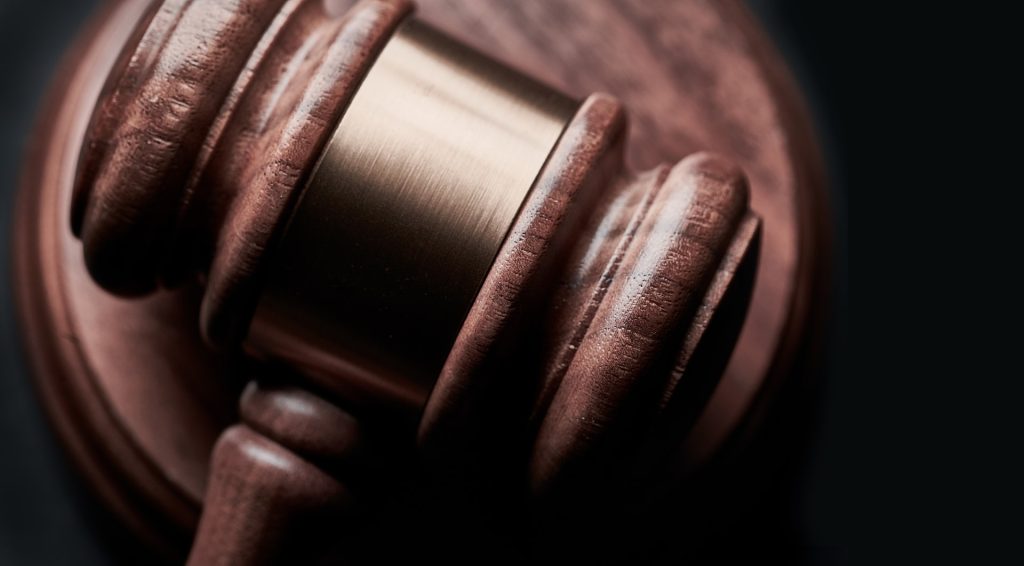#InsideTheBox with Dr Andy Gray | Public Participation in Medicines Selection and Regulation – Lacking?

By Andy Gray
In several countries, the public is given an opportunity to share their views with regulators before new medicines are registered or to engage with those choosing essential medicines. In South Africa, however, opportunities for such public participation remains limited. In his latest #InsideTheBox column, Dr Andy Gray takes a look at how public participation is handled elsewhere and how it could be improved here.
One of the rallying cries of patient and community-based organisations has long been “nothing about us, without us”. The “patient voice” is, however, not always heard in medicines selection or medicines regulation.
How it works in the US and Europe
Recent highly contested medicines regulatory decisions in the United States, such as the warnings about paracetamol use in pregnancy, have highlighted the role of advisory committees to the Food and Drug Administration (FDA). The FDA relies on a number of such committees to provide advice on regulatory questions, such as whether to approve a new medicine or how to manage emergent safety signals. The FDA usually follows the advice provided by these independent structures, but is not bound to do so.
The fact that advisory committees meet in open session, and that their recommendations are transparent to the public, means that the final decision by the FDA can be contrasted with the scientific advice. The curricula vitae of advisory committee members are posted on the FDA website and updated annually. Critically, when an advisory committee meeting is scheduled, the date and time is announced at least 15 days in advance of the meeting, and this serves as an invitation to interested parties to register to make oral submissions during the Open Public Hearing portion of the meeting.
In addition to providing opportunities for public engagement in this manner, the FDA has also operated a Patient Representative Program since 2024. FDA Patient Representatives are appointed, provided with training, and may then engage with the scientific and other expert members of the advisory committees. Among the criteria applied in their selection are personal experience with a particular disease as a patient or primary caregiver, knowledge about the treatment options and research in that area, and the willingness and ability to communicate in public, as well as being objective while representing the concerns of others affected by the disease.
Similar mechanisms have been put in place in Europe. The European Medicines Agency (EMA) has enabled the appointment of patients as members of its management board and scientific committees. In addition, the EMA Patients’ and Consumers’ Working Party provides a venue for ongoing engagement. The EMA engagement framework explicitly aims to ensure “access to patients’ real-life experiences of living with a condition, its management and the current use of medicines, complementing the scientific evidence provided during the evaluation process” and “the generation, collection and use of evidence-based patient experience data for benefit-risk decision-making”.
How it works in South Africa
Section 3(9) of the Medicines and Related Substances Act, 1965, instructs the chief executive officer of the South African Health Products Regulatory Authority (SAHPRA) to appoint advisory committees. The wording is peremptory, but also broadly enabling: “The Chief Executive Officer shall, in consultation with the Board, appoint committees, as he or she may deem necessary, to investigate and report to the Authority on any matter within its purview in terms of this Act.” Provided there is consultation with the Board of the Authority, the number of committees and their membership is left to the CEO to decide.
To date, however, there has been no deliberate effort to include patient or consumer representatives on any of the advisory committees.
More importantly, meetings of the committees are not open to the public, nor are their recommendations to the regulatory authority placed in the public domain. The “patient voice” is therefore potentially missed, and stakeholders are unable to determine when or how final decisions taken by the Authority may differ from the recommendations made by the technical advisory committees. In that sense, SAHPRA is no more transparent than its predecessor the Medicines Control Council, which also laboured under the same antiquated secrecy provision in the Act. Section 34 of the Act is actually labelled “Preservation of secrecy”.
Similar concerns with medicines selection
Medicines regulators determine whether medicines should be allowed onto the market and how those should be controlled. Similar dynamics are at play in determining which medicines are “essential” and should be procured or reimbursed by health systems.
At a global level, the World Health Organization (WHO) updates its Model List of Essential Medicines every two years. The Model List is a starting point for many countries’ efforts to develop national essential medicines lists, guiding procurement in their public sectors. Although the expert committee responsible for this work does not explicitly include patient representatives, all proposals submitted are placed in the public domain, as are the reviews conducted, and an account of the final decisions. On the first day of the meeting, an open session is held at which stakeholders are invited to apply to present.
One of the most trusted medicine selection bodies is the UK National Institute for Health and Care Excellence (NICE), which also has a deliberate process for stakeholder engagement at multiple steps in its guideline development. For example, right at the outset, this invitation is issued: “NICE invites all stakeholder organisations to attend a scoping workshop. You will be sent a first draft of the scope, which will be discussed at the meeting. We encourage you to send someone who knows about and can represent patients and carers’ interests.”
Medicines selection in the South African public sector is evolving, embracing the challenge of health technology assessment. While there are as yet no patient representatives on either the Expert Review Committee or the National Essential Medicines List Committee, there are opportunities for stakeholder engagement with draft guidelines and increasing transparency, with medicines evaluation reports posted on the Department of Health website.
Full medicine reviews follow an evidence-to-decision framework that was first piloted during the height of the COVID-19 pandemic. One of the questions posed reads: “Is there important uncertainty or variability about how much people value the options?” This question is aligned with what the WHO Handbook for Guideline Development refers to as “values and preferences”. For example, the WHO guidance calls for evidence of the “values and preferences of the people receiving the intervention or experiencing the outcomes the intervention can affect”. While that evidence may sometimes be reported in the scientific literature, all too often it is lacking.
Ultimately, “nothing about us, without us” should not only be a demand made by patients, but also by those who care about the quality, reliability and acceptability of medicines selection and regulatory decisions. Improving the transparency of decision-making processes is critical, but so is creating, promoting and protecting the spaces for an effective “patient voice”. Doing so is a critical investment in building trust, which is so easily eroded.
*Dr Gray is a Senior Lecturer at the University of KwaZulu-Natal and Co-Director of the WHO Collaborating Centre on Pharmaceutical Policy and Evidence Based Practice. This is part of a series of #InsideTheBox columns he is writing for Spotlight.
Disclosure: Gray is a member of South Africa’s National Essential Medicines List Committee and co-chairs its Expert Review Committee.
Note: Spotlight aims to deepen public understanding of important health issues by publishing a variety of views on its opinion pages. The views expressed in this article are not necessarily shared by the Spotlight editors.
Republished from Spotlight under a Creative Commons licence.
Read the original article.




